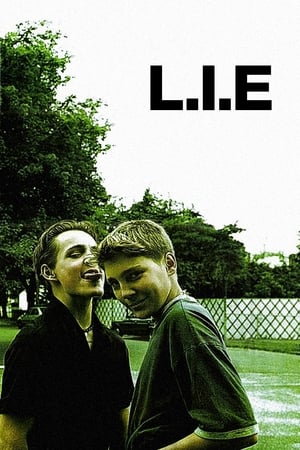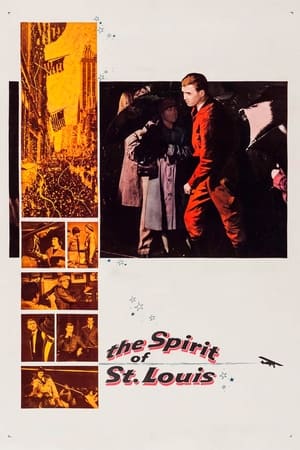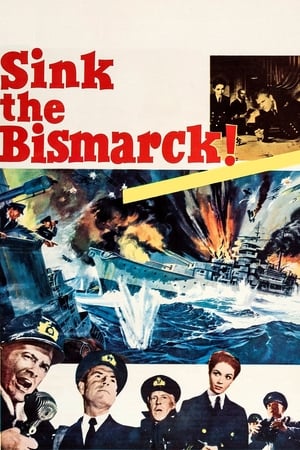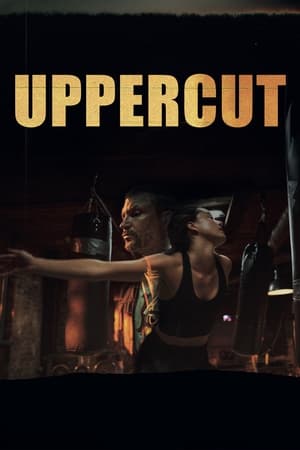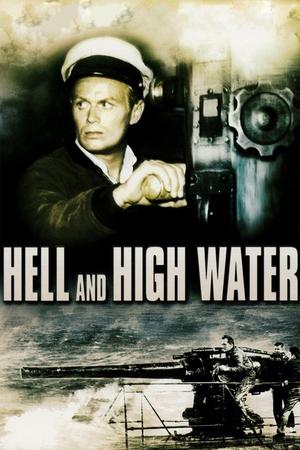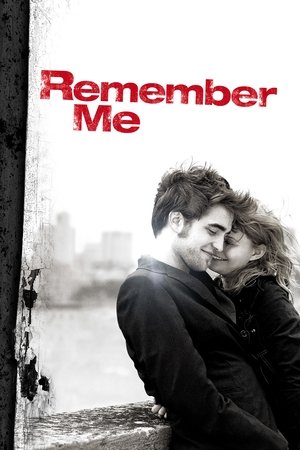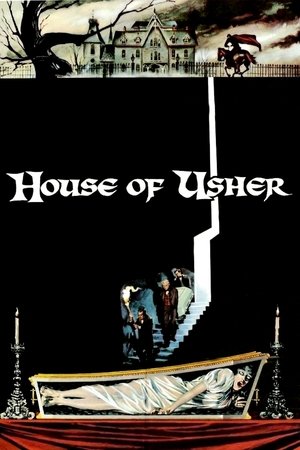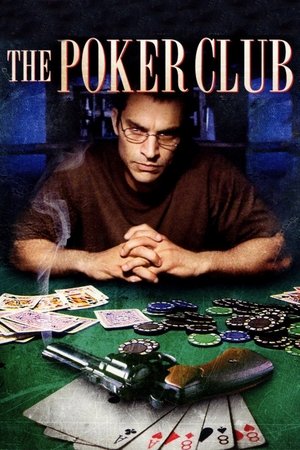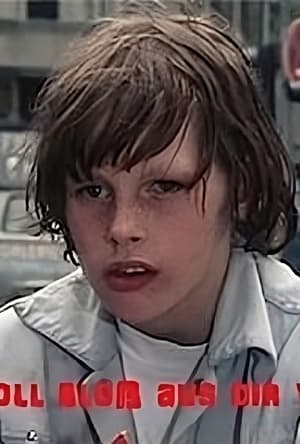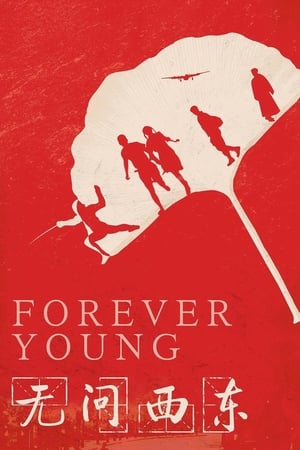Overview
After moving to a new town, troublemaking teen Jim Stark is supposed to have a clean slate, although being the new kid in town brings its own problems. While searching for some stability, Stark forms a bond with a disturbed classmate, Plato, and falls for local girl Judy. However, Judy is the girlfriend of neighborhood tough, Buzz. When Buzz violently confronts Jim and challenges him to a drag race, the new kid's real troubles begin.
Reviews
**An iconic, culturally significant film that helped immortalize James Dean.**
This is one of those classic films when the theme is teenage rebellion and generational clash. It is undoubtedly good, with a good story and good actors – it is the film that marked James Dean's short career – and continues to be a regular presence in classics cycles and specialty TV channels.
The film explores quite well the difficult relationship between parents and their children within the wealthiest families, and the way in which this tension has a decisive influence on the latter's delinquent behavior. Living in homes where there is truly no love, but rather a well-organized routine, and where parental care is limited to material goods and the act of giving things, these young people accumulate a revolt that they need to express through pranks and mischief that parents choose to ignore or consider that they are the consequences of harmful influences. The fact that they are children of rich parents only makes their devilry more elaborate: this is the case of racing with stolen cars. How many angry teenagers with rich dads continue to do similar things?
Expertly directed by Nicholas Ray, the film had a high budget that allowed for quality production values. The cinematography is excellent, the sets and costumes couldn't be better (I especially liked Dean's parents' house and the abandoned mansion where part of the final scenes take place) and the cars used are beautiful. James Dean's hair and costume were decisive in youth fashion at that time, and the soundtrack accompanies everything with distinction and discretion.
However, what decisively marks this film is the excellent quality of the cast and their work, particularly the excellent performance achieved by James Dean. He is absolutely credible in the role he was given, despite being a little older than his character. The opening scene is worthy of an anthology, but also that fight with razors that takes place near the Griffith Observatory. Natalie Wood is also not far behind: she was then more or less the right age and had the necessary talent, as well as being very beautiful and charismatic. Sal Mineo plays a highly dramatic role, and his participation in this film is one of the highlights of his career. Finally, a note of praise for Jim Backus and Marietta Canty, who made good contributions to the film in slightly less valued roles.
A curious note that I just noticed: the three main actors in this film have in common the fact that they died before the age of forty-five, and each had a mysterious and violent death. Everyone knows that James Dean saw his life taken as a result of an unfortunate car accident, a few months after this film was made. However, in 1976, Sal Mineo followed, stabbed to death during a robbery at his home. A few years later, in 1981, it was the turn of Natalie Wood, who drowned in more than strange circumstances, during a yacht trip off the Californian coast.

 111 min
111 min
 7.5
7.5
 1955
1955
 USA
USA
 Filipe Manuel Neto wrote:
Filipe Manuel Neto wrote:
